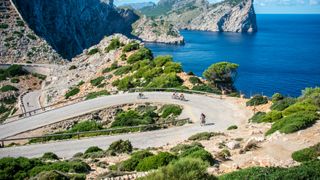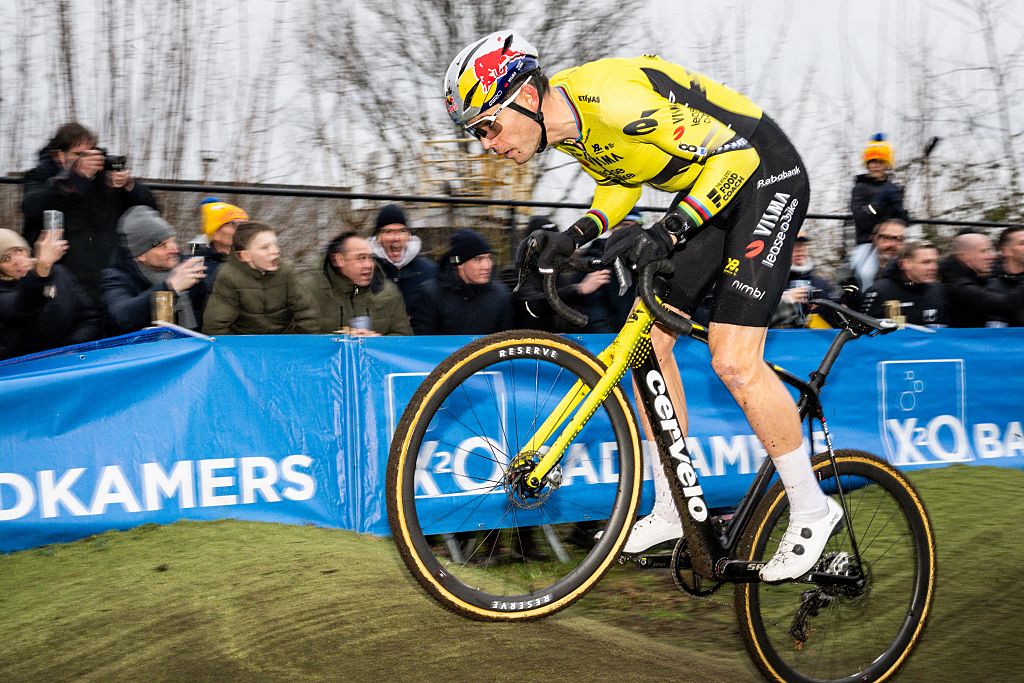Tech
Latest about Tech

Safety camera vs action camera: what's the difference, and which should you use on your bike?
By Mildred Locke published
If you're not sure which type of camera you need, this guide is the one for you

'We do it because we can' - Fausto Pinarello on custom painted bikes and who he wishes had painted a Pinarello frame
By Tom Wieckowski published
Feature Pinarello has made bikes for cycling stars, celebrities and even the pope over the years

Q36.5 Rain Shell Jacket review: A solid waterproof option, but in need of refinement
By Andy Turner published
Review Some missing features detract from an otherwise pretty good waterproof by today’s standards

Gorewear Spinshift Gore-Tex Jacket review: Gore may have taken back the waterproof crown, so it's a shame it is closing down
By Andy Turner published
Review Not quite Shake-Dry performance, but not far off.

Zwift 'New Year Sale' pushes Kickr V6 trainer and Zwift Ride bundle to their lowest-ever prices, just in time to kickstart your 2026 training
By Paul Brett published
Deal Wahoo Kickr V6 with Zwift Cog and Click is almost half price and an incredible $450 off, while Zwift Ride and Kickr Core 2 bundle cut by $300, with similar discounts for UK and EU too

After-Christmas sales: The best cycling deals for 2025
By Josh Croxton last updated
Deals The After-Christmas bike sales are here! Check out our roundup of the best deals available today in the USA

Boxing Day bike sales: Today's top deals and where to find them online
By Tom Wieckowski published
Deals The Boxing Day sales are in full swing. Here's our roundup of the best deals available for UK cyclists right now

How to complete the Festive 500: Six top tips
By Graham Cottingham last updated
How to Cyclingnews' top tips for completing a successful Rapha Festive 500 in 2025
The latest race content, interviews, features, reviews and expert buying guides, direct to your inbox!


